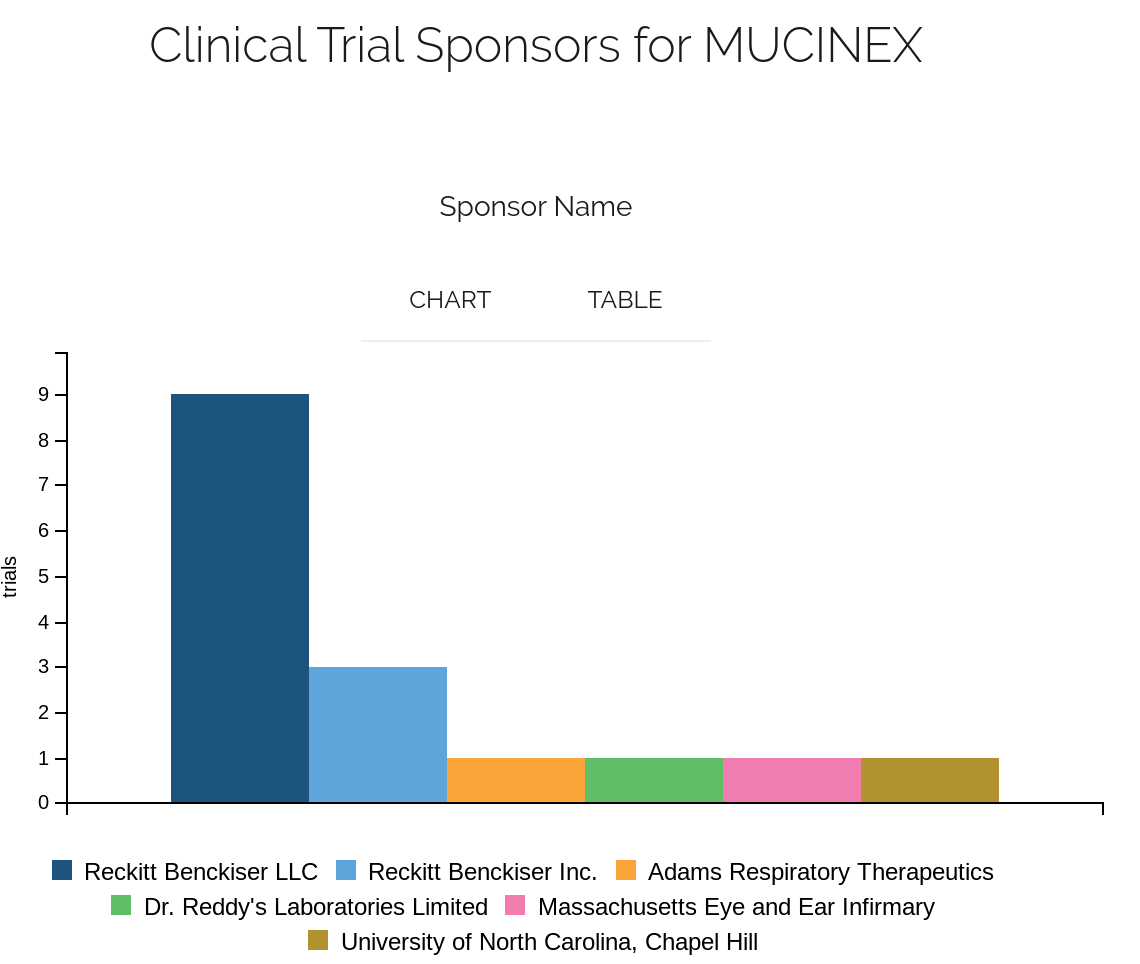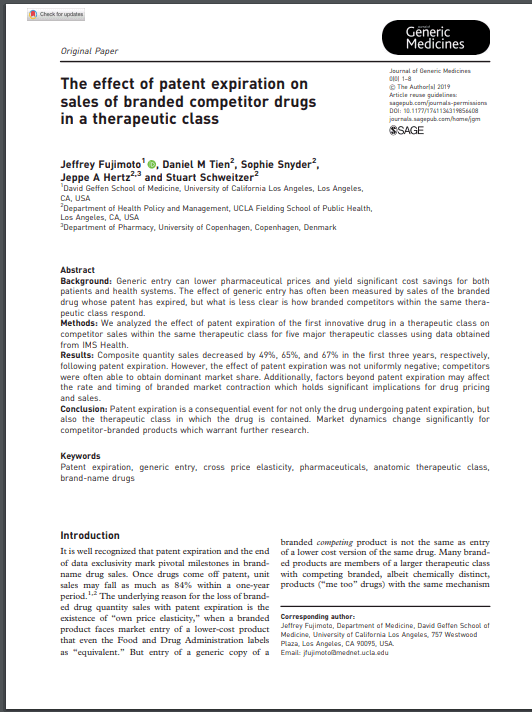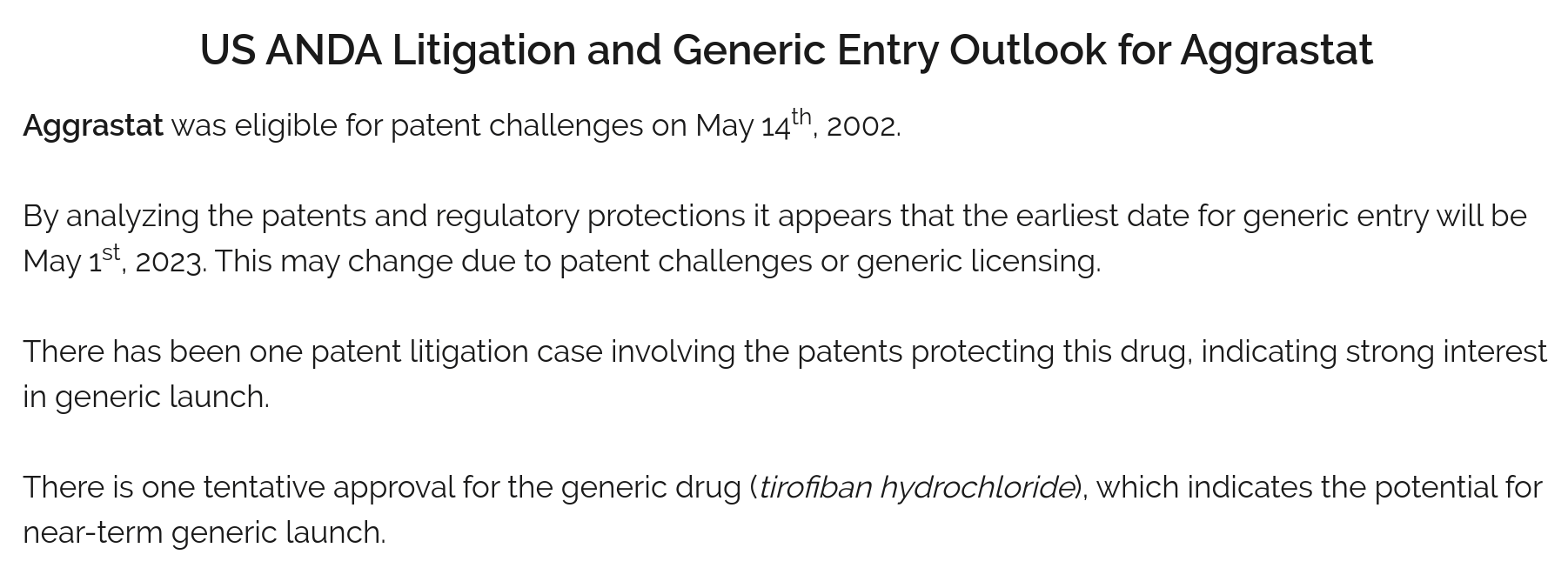Patent linkage systems represent a critical intersection between intellectual property protection and pharmaceutical regulation, connecting the marketing approval process of generic drugs to the patent status of their brand-name counterparts. This comprehensive analysis reveals that patent linkage serves as a mechanism to prevent patent infringement by requiring drug regulatory authorities to consider patent status when approving generic medications. The implementation of patent linkage varies significantly across jurisdictions, with some countries embracing robust systems while others resist adoption due to concerns about delayed generic entry and higher drug prices. While proponents argue that patent linkage provides essential protection for pharmaceutical innovation, critics contend that strategic patenting practices within these systems can create insurmountable barriers for generic manufacturers through the creation of patent thickets. The evidence suggests that effective patent linkage systems must carefully balance innovation incentives with public health goals of medication affordability and accessibility.
Understanding Patent Linkage Systems
Patent linkage represents a complex regulatory mechanism that connects pharmaceutical marketing approval processes with patent protection systems, effectively creating an interdependent relationship between these traditionally separate domains. In its essential form, patent linkage refers to the system that operates the patent system in conjunction with the approval system for drugs, requiring drug authorities to take measures to prevent patent infringement during the marketing approval process of generic medications1. This represents a significant departure from traditional regulatory frameworks where marketing approval of drugs and patent protection are governed by different agencies under separate legal frameworks, with drug authorities focusing on safety and effectiveness while patent authorities examine novelty and inventiveness1. The fundamental premise underlying patent linkage is that even though these regulatory domains operate under distinct legal mandates, they can be coordinated to prevent patent infringement before generic products reach the market1. This coordination creates a mechanism where drug regulatory authorities must consider potential patent infringement when reviewing generic drug applications that rely on previously approved drug data, despite patent enforcement traditionally falling outside their regulatory purview1.
The structure of patent linkage systems typically encompasses several key components that work in concert to achieve its regulatory objectives. Most patent linkage frameworks include a patent register or database managed by drug authorities, a notification system requiring generic applicants to inform patent holders of their marketing applications, and mechanisms for resolving patent disputes before marketing approval is granted4. The patent register serves as the cornerstone of these systems, providing a centralized repository where pharmaceutical patent information is recorded and made accessible to relevant stakeholders, including generic manufacturers seeking to navigate the patent landscape14. This registration process enables drug authorities to identify patents covering approved medications and consider potential infringement issues when reviewing generic applications1. The notification requirements represent another crucial element, compelling generic applicants to alert patent holders about their intent to market potentially competing products, thereby initiating the patent linkage process and providing opportunities for patent holders to assert their rights before market entry occurs14.
Patent linkage systems emerged prominently in the United States with the introduction of the Hatch-Waxman Act in 1984, which established the foundational framework subsequently adopted or modified by other countries4. The historical development of patent linkage reflects evolving attempts to balance competing interests in pharmaceutical innovation and access, with systems gradually becoming more sophisticated in their regulatory approaches4. These systems aim to serve dual purposes: protecting legitimate patent rights to incentivize pharmaceutical innovation while providing clear pathways for generic entry once patent protection legitimately expires14. This balancing act represents the central challenge of patent linkage implementation, as overly restrictive systems may unduly delay generic competition, while insufficient protection might undermine research and development investments13. The concept has gained international prominence through various trade agreements, with provisions concerning patent linkage appearing in bilateral and multilateral agreements, reflecting its significance in global pharmaceutical regulation13.
Patent Linkage Mechanisms and Implementation
The practical implementation of patent linkage systems involves multiple regulatory processes that coordinate patent protection with drug approval procedures. In well-established systems, the drug regulatory authority typically maintains and manages a list of drug patents to assess the patent relationship of generic drugs seeking market approval, supervise notification requirements, and potentially implement marketing prohibitions when patent conflicts arise1. This management process requires significant administrative infrastructure and coordination between patent and drug regulatory authorities, as decisions regarding patent lists, marketing restrictions, and potential exclusivity periods necessitate consideration of patent validity, duration extensions, and scope determinations made by patent authorities1. The registration of applicable drug patents serves as the technical foundation for implementing patent linkage, providing the essential tool through which authorities identify drugs covered by the system and consider potential patent infringement in the generic licensing process1. This registration process requires careful regulatory oversight to ensure accuracy and comprehensiveness while avoiding unwarranted expansion of patent protection beyond legitimate claims13.
The notification mechanism represents a critical procedural component in patent linkage systems, establishing the formal channel through which generic applicants inform patent holders about their marketing approval applications. This notification is described as “the most essential element” of patent linkage procedures, serving as the basis for patent holders to respond to potential infringement and for authorities to implement necessary regulatory measures, including marketing prohibitions or licensing restrictions1. In some jurisdictions, proper notification also functions as a prerequisite qualification for potential generic exclusivity periods, creating additional incentives for compliance with the notification requirements1. Following notification, patent linkage systems typically implement measures to provide adequate time and opportunity for patent dispute resolution before generic marketing can commence, often through reservation of marketing approvals or direct prevention of market entry while patent conflicts remain unresolved1. These measures aim to establish clear procedures for addressing patent disputes before market entry occurs, potentially reducing post-approval litigation while ensuring patent rights receive appropriate consideration in the regulatory process14.
The United States model of patent linkage, established through the Hatch-Waxman Act of 1984, has significantly influenced global implementation patterns and continues to serve as a reference point for international policy discussions. This model centers around the “Orange Book” (officially titled “Approved Drug Products with Therapeutic Equivalence Evaluations”), which functions as a comprehensive database containing crucial information about approved drugs and their patent status4. The Orange Book listing process represents a fundamental regulatory step, requiring innovator companies to register relevant patents and providing essential patent landscape information for generic manufacturers to navigate when planning market entry strategies4. When seeking approval, generic manufacturers must make specific certifications regarding listed patents, with each certification type triggering different regulatory pathways and potential dispute resolution processes4. This certification requirement establishes a structured approach to addressing patent issues during the approval process, creating procedural clarity while ensuring patent considerations receive appropriate attention4.
Patent linkage implementation varies significantly across different jurisdictions, reflecting diverse policy priorities and pharmaceutical market conditions. The European Union notably adopts a distinct approach, generally avoiding formal patent linkage systems due to concerns about potential conflicts with their regulatory frameworks and specific provisions designed to expedite generic market entry4. This divergence highlights the policy tensions inherent in patent linkage implementation, with different jurisdictions making distinct determinations about appropriate balancing between innovation protection and market competition4. Developing countries face particular challenges in implementing patent linkage, with some adopting systems similar to the United States model while others express resistance based on concerns about restricted access to affordable medications34. International trade agreements frequently include provisions related to patent linkage, creating external pressure for standardized approaches despite significant differences in pharmaceutical markets and healthcare systems across countries13. These implementation variations reflect fundamental differences in how jurisdictions prioritize and balance competing policy objectives related to pharmaceutical innovation, market competition, and medication access134.
Impact on Innovation and Generic Competition
The implementation of patent linkage systems has complex and sometimes contradictory effects on pharmaceutical innovation and generic competition, creating multifaceted impacts on drug development ecosystems. Proponents argue that patent linkage contributes to innovation by providing enhanced protection and predictability for patent holders, potentially increasing research and development investments by reducing market uncertainty1. From this perspective, patent linkage serves as a “safeguard against infringement of original drugs’ patents” and may “motivate the development of new drugs” by strengthening intellectual property protections and market exclusivity periods1. These systems theoretically create clearer pathways for patent enforcement and dispute resolution, potentially reducing litigation costs while providing more structured mechanisms for protecting legitimate intellectual property rights14. Additionally, some patent linkage frameworks include provisions explicitly designed to balance innovative and generic interests, such as granting certain exclusive marketing approvals to qualifying generic products or establishing licenses for using patented inventions for data collection necessary for regulatory approval1. These balancing mechanisms aim to simultaneously protect innovation incentives while facilitating eventual generic market entry, reflecting the dual policy objectives inherent in most patent linkage systems14.
Despite potential benefits, empirical evidence raises significant concerns about patent linkage’s actual impact on innovation and generic competition. Studies examining patent linkage implementation have suggested that these systems may enable strategic patenting practices that delay generic entry without necessarily enhancing innovation outcomes23. Research by Bouchard et al. revealed that pharmaceutical companies frequently list numerous patents to impede generic market entry, with data indicating “no enhancement in innovation level due to patent linkage” despite increased litigation and delayed generic availability3. Similarly, Federal Trade Commission investigations have examined the relationship between patent linkage provisions and generic entry timing, suggesting potential causality between these regulatory frameworks and delayed market competition3. These findings contradict theoretical arguments about innovation benefits, suggesting that in practice, patent linkage systems may primarily serve to extend market exclusivity periods rather than stimulate meaningful pharmaceutical innovation23. The empirical evidence indicates a complex reality where patent linkage’s practical implementation often diverges from its intended policy objectives, creating unexpected consequences for both innovation ecosystems and competitive markets23.
The concept of strategic patenting emerges as a particularly concerning phenomenon within patent linkage systems, representing a calculated approach to extending market exclusivity beyond legitimate innovative contributions. While pharmaceutical products were traditionally protected by single patents covering active compounds (called “basic” or “primary” patents), companies increasingly pursue multiple “secondary patents” covering various aspects of drugs, including manufacturing processes, formulations, or specific forms2. This proliferation of secondary patents creates dense “patent thickets” that substantially complicate generic development efforts, even when generic manufacturers suspect that many patents within these portfolios would ultimately be found invalid or non-infringing if fully litigated2. The legal and commercial uncertainty created by these patent thickets provides “an appreciable competitive advantage for originators” by generating significant barriers to generic market entry, effectively extending market exclusivity periods without necessarily reflecting genuine innovation2. This strategic approach to patent accumulation can transform patent linkage systems from balanced regulatory frameworks into mechanisms for market protection that may “delay generic drugs’ entry into the market and rather hinder technology competition” contrary to the systems’ intended purposes12.
The impact of patent linkage on drug pricing and accessibility represents a critical consideration for public health policy, with significant implications for healthcare systems and patient populations. Research consistently indicates that generic competition substantially reduces pharmaceutical prices, with the European Commission’s preliminary study of the pharmaceutical sector revealing “a significant decrease in drug prices after the entry of generic drugs”3. By potentially delaying generic market entry, patent linkage systems may therefore inadvertently contribute to prolonged periods of higher drug prices, affecting healthcare affordability and patient access3. This connection between patent linkage, generic competition timing, and drug pricing creates significant public health implications, particularly for low- and middle-income countries where medication affordability directly impacts treatment availability3. The potential tension between patent linkage implementation and public health objectives highlights the need for carefully calibrated systems that protect legitimate innovation while avoiding unwarranted barriers to generic competition that could undermine healthcare accessibility objectives13. Finding this balance remains a central challenge for policymakers seeking to implement patent linkage systems that simultaneously support pharmaceutical innovation and promote public health goals134.
Challenges and Controversies in Patent Linkage
The implementation of patent linkage systems has generated significant controversy regarding potential abuse and anti-competitive effects, particularly concerning the manipulation of patent portfolios to extend market exclusivity. Critics argue that pharmaceutical companies can exploit patent linkage frameworks through strategic patent filing and management practices that create formidable barriers to generic competition23. The proliferation of secondary patents covering various aspects of medications beyond their active ingredients enables companies to construct complex patent landscapes that generic manufacturers must navigate, even when many individual patents might ultimately prove invalid or non-infringing2. This practice of creating “patent thickets” produces significant legal uncertainty for generic competitors, as determining which patents are legitimately enforceable becomes increasingly difficult and costly2. The potential for abuse is particularly concerning when companies obtain numerous overlapping patents of questionable validity primarily to complicate generic entry rather than to protect genuine innovation2. These strategic practices potentially transform patent linkage from a balanced regulatory mechanism into a tool for extending market monopolies, raising legitimate concerns about whether these systems appropriately balance innovation protection with competition promotion123.
Patent linkage systems present particularly complex challenges for developing countries, where balancing innovation incentives with public health imperatives involves difficult trade-offs with significant implications for healthcare systems. Many developing nations face concurrent pressures to attract pharmaceutical investment while ensuring affordable medication access, creating policy tensions that patent linkage systems may exacerbate rather than resolve3. The Indian Draft National Pharmaceutical Policy explicitly identifies “accessibility, availability of drugs at reasonable prices and… further research and development” as central objectives, highlighting the multifaceted goals developing countries must simultaneously pursue3. International pressure through bilateral or multilateral trade agreements frequently includes provisions requiring patent linkage implementation, potentially limiting policy flexibility for countries seeking to prioritize public health considerations3. These pressures create significant challenges for developing nations attempting to design pharmaceutical regulatory systems that address their specific healthcare needs and economic circumstances while meeting international obligations3. The viability of patent linkage in developing countries therefore remains contentious, with ongoing debates about whether these systems can be appropriately adapted to address the particular challenges and priorities of emerging pharmaceutical markets3.
The impact of patent linkage on litigation patterns and settlement behaviors represents another significant concern, with evidence suggesting these systems may increase legal disputes without necessarily improving innovation outcomes. Research examining patent linkage implementation has revealed that pharmaceutical companies frequently list numerous patents that generate “multiplicity of litigation” while showing “no enhancement in innovation level due to patent linkage”3. This increased litigation creates substantial costs for both innovator and generic companies, potentially diverting resources from research and development activities toward legal proceedings3. Perhaps more concerning, studies have documented an increase in settlement agreements between originator and generic companies, where generic manufacturers accept delayed market entry in exchange for other considerations, potentially extending market exclusivity periods beyond what legitimate patent protection would provide3. These settlements become “necessary for generic firms to recover the heavy cost of litigation” created by patent linkage systems, suggesting that the regulatory framework may inadvertently create incentives for arrangements that delay generic competition contrary to its intended purposes3. The empirical evidence indicating that patent linkage provisions correlate with “delay in the entry of generics” raises fundamental questions about whether these systems effectively balance innovation protection with competition promotion as theoretically intended3.
Competition authorities face growing calls to intervene in strategic patenting practices enabled by patent linkage systems, challenging traditional boundaries between patent and competition law. Arguments for competition law intervention contest pharmaceutical companies’ traditional position that such intervention would reduce innovation incentives, instead suggesting that strategic patenting not only increases drug prices but also “affects dynamic competition by stifling innovation”2. This perspective emphasizes that competition assessment should examine effects not only on originator innovation but also on “follow-on innovation by generic companies,” recognizing that competitive market structures can themselves drive innovation beyond what patent monopolies might generate2. The potential for strategic patenting to “enable originators to avoid competitive pressures… without a need to engage in genuine innovation” creates a compelling case for competition authority involvement to ensure patent linkage systems function as intended rather than becoming mechanisms for market entrenchment2. This evolving perspective suggests that properly functioning patent linkage systems may require active competition oversight to prevent practices that transform these regulatory frameworks from innovation protection mechanisms into anti-competitive barriers that ultimately harm both market competition and innovation ecosystems2.
Balancing Policy Considerations
Effective patent linkage systems must carefully balance pharmaceutical innovation incentives with public health objectives, creating regulatory frameworks that simultaneously promote drug development and ensure medication accessibility. The fundamental challenge lies in designing systems that provide sufficient patent protection to incentivize research investments while preventing unwarranted market exclusivity extensions that delay generic competition and maintain higher drug prices13. Well-designed patent linkage frameworks acknowledge that patent protection and generic competition serve complementary rather than opposing goals, as innovative drug development requires market incentives while affordable medication access demands eventual generic entry14. This balanced approach recognizes that patent linkage can potentially contribute to “early settlement of potential drug patent disputes before marketing of generic drugs, and improvement of access to drugs by the public” when implemented with appropriate safeguards against abuse1. The optimal regulatory architecture incorporates mechanisms that protect legitimate patent rights while facilitating generic market entry after valid patent protection expires, acknowledging that both innovation and competition serve essential public health objectives134.
Patent linkage systems can incorporate specific provisions designed to balance competing interests, providing protections for both innovator companies and generic manufacturers. Some frameworks include measures granting “a certain exclusive marketing approval to a generic drug” that successfully challenges patent validity or demonstrates non-infringement, creating incentives for generic companies to invest in developing competing products and navigating complex patent landscapes1. Other balanced systems establish licensing mechanisms “allowing a license to use the patent inventions for the purpose of collecting data necessary for approval of drugs,” facilitating generic development activities while respecting legitimate patent rights1. These provisions recognize that effective patent linkage requires not only protecting innovation but also promoting eventual competition that increases medication accessibility14. However, these balancing mechanisms require careful design to prevent abuse, as systems that “grant an exclusive marketing approval to generic drugs applications that meet only procedural requirements without substantial and reasonable patent invalidity or non-infringement claims” may generate unnecessary litigation without effectively promoting legitimate competition1. The specific architecture of these balancing provisions significantly influences whether patent linkage systems effectively serve their dual purpose of protecting innovation while facilitating eventual competition14.
International trade agreements have increasingly incorporated patent linkage provisions, creating global standardization pressures despite significant differences in national pharmaceutical markets and healthcare systems. Agreements like the United States-Korea Free Trade Agreement and the Trans-Pacific Partnership contain specific patent linkage requirements, stipulating obligations for patent holder notification, marketing prevention for potentially infringing products, and dispute resolution procedures1. These agreements typically require signatories to “notify the patentee of an application for marketing approval of drugs” and “prevent the marketing of drugs infringing patents and prepare sufficient remedies to resolve a dispute”1. However, this international standardization approach raises concerns about whether uniform patent linkage models appropriately address the diverse needs and circumstances of different countries, particularly those with varying levels of pharmaceutical manufacturing capacity and healthcare system resources13. The inclusion of patent linkage provisions in trade agreements has generated debate about whether these requirements appropriately balance intellectual property protection with public health considerations across different economic and healthcare contexts13. This tension highlights the need for flexible implementation approaches that can adapt patent linkage principles to diverse national circumstances while maintaining core regulatory objectives134.
The future evolution of patent linkage systems will likely require innovative regulatory approaches that address identified shortcomings while preserving beneficial aspects of these frameworks. Potential reforms might include enhanced patent quality standards to prevent questionable secondary patents from creating unwarranted barriers to generic competition, more robust competition law oversight to address strategic patenting practices, and improved transparency requirements to reduce information asymmetries between patent holders and generic manufacturers23. Additionally, creating more efficient dispute resolution mechanisms could reduce litigation costs and delays while providing greater certainty for both innovator and generic companies14. Future patent linkage frameworks might also incorporate more sophisticated balancing provisions that create stronger incentives for legitimate patent challenges while discouraging frivolous disputes that waste resources without advancing public health objectives13. These evolutionary improvements would aim to address documented concerns about existing systems while preserving their fundamental purpose of coordinating patent protection with drug approval processes1234. The ongoing policy challenge remains designing regulatory frameworks that effectively protect legitimate innovation while preventing strategic practices that transform patent linkage from a balanced system into a mechanism for extending market exclusivity beyond genuine innovation contributions1234.
Conclusion
Patent linkage systems represent complex regulatory mechanisms that connect traditionally separate domains of pharmaceutical patent protection and drug marketing approval, creating significant implications for both innovation incentives and medication accessibility. The fundamental purpose of these systems lies in preventing patent infringement through regulatory coordination, requiring drug authorities to consider patent status when approving generic medications despite traditionally focusing exclusively on safety and efficacy considerations1. While theoretically designed to balance innovation protection with competition facilitation, empirical evidence raises questions about whether current implementations effectively achieve this balance or primarily serve to delay generic market entry23. The proliferation of strategic patenting practices, particularly the creation of dense “patent thickets” through numerous secondary patents, has emerged as a significant concern that potentially transforms patent linkage from a balanced regulatory framework into a mechanism for extending market exclusivity beyond legitimate innovation contributions2. These practices create substantial legal and commercial uncertainty for generic manufacturers, potentially delaying competition even when many individual patents might ultimately prove invalid or non-infringing if fully litigated2.
The global implementation of patent linkage systems varies considerably, reflecting different approaches to balancing pharmaceutical innovation with medication accessibility across diverse healthcare and economic contexts. The United States model, centered around the Orange Book and certification requirements established by the Hatch-Waxman Act, has influenced international implementations while generating ongoing debates about its effectiveness in achieving intended policy objectives4. The European Union’s generally resistant approach to patent linkage highlights alternative regulatory perspectives, while developing countries face particular challenges in designing systems that simultaneously attract pharmaceutical investment while ensuring affordable medication access34. International trade agreements have increasingly incorporated patent linkage provisions, creating standardization pressures despite significant differences in national circumstances and healthcare priorities13. These implementation variations reflect fundamental tensions in how different jurisdictions prioritize and balance competing policy objectives related to pharmaceutical innovation, market competition, and public health considerations134.
The future effectiveness of patent linkage systems depends on developing more sophisticated regulatory approaches that address documented shortcomings while preserving the potential benefits of coordinating patent protection with drug approval processes. Enhanced patent quality standards, more robust competition law oversight, improved transparency requirements, and more efficient dispute resolution mechanisms represent potential improvements that could help patent linkage systems better achieve their intended balance between innovation incentives and competition promotion1234. The ongoing policy challenge remains designing regulatory frameworks that effectively protect legitimate innovation contributions while preventing strategic practices that transform patent linkage from a balanced system into a mechanism for extending market exclusivity beyond genuine innovation value123. Achieving this balance requires continuing evaluation of implementation outcomes and willingness to adapt regulatory approaches based on empirical evidence rather than theoretical assertions about innovation incentives or competition effects23. The ultimate measure of patent linkage effectiveness lies not in abstract regulatory elegance but in practical outcomes for pharmaceutical innovation, market competition, and patient access to affordable medications1234.
Citations:
- https://www.apec.org/docs/default-source/publications/2023/7/223_ipeg_patent-linkage-system-for-intellectual-property-rights-and-public-health-harmonisation.pdf
- https://pmc.ncbi.nlm.nih.gov/articles/PMC7592140/
- https://nopr.niscpr.res.in/bitstream/123456789/20282/1/JIPR%2018(4)%20316-322.pdf
- https://www.drugpatentwatch.com/blog/patent-linkage-resolving-infringement/
- https://pmc.ncbi.nlm.nih.gov/articles/PMC11017475/
- https://www.bananaip.com/patent-linkage-overview/
- https://www.medicinesforeurope.com/wp-content/uploads/2021/03/Medicines%20for%20Europe%20Position%20Paper%20On%20Patent%20Linkage%20-%20May%202019.pdf
- https://www.drugpatentwatch.com/blog/the-impact-of-patent-expirations-on-generic-drug-markets/
- https://geneva-network.com/wp-content/uploads/2017/02/Promise-of-Patent-Linkage.pdf
- https://www.managingip.com/article/2axkxcw96suati6wv2znk/sponsored-content/patent-linkage-in-japan-the-present-situation-and-challenges
- https://www.iiprd.com/global-perspectives-on-patent-linkage-insights-from-the-us-europe-and-india/
- https://www.ajmc.com/view/a636-article
- https://www.wto.org/english/tratop_e/trips_e/colloquium_papers_e/2018_african/chapter_10_2018_african_edition_e.pdf
- https://www.mayerbrown.com/-/media/files/perspectives-events/events/2022/05/chinas-pharmaceutical-patent-linkage-system.pdf%3Frev=e1dac49500454c12972137bf92fa1d1e
- https://corporate.cyrilamarchandblogs.com/2024/02/linking-patents-to-pills-unravelling-the-patent-linkage-framework-for-pharmaceutical-products-in-india/
- https://www.cov.com/en/news-and-insights/insights/2020/11/the-us-patent-linkage-system-strategic-and-practical-considerations
- https://pmc.ncbi.nlm.nih.gov/articles/PMC10435867/
- https://accessiblemeds.org/resources/blog/180-day-rule-supports-generic-competition-heres-how/
- https://www.liebertpub.com/doi/10.1089/blr.2024.31104.hua
- https://patentskart.com/why-is-the-drug-patent-linkage-database-important-for-generics-or-pharmaceutical-companies/
- https://www.fda.gov/drugs/development-approval-process-drugs/frequently-asked-questions-patents-and-exclusivity
- https://www.iptechblog.com/2023/08/patent-linkage-litigation-in-china-a-two-year-review/
- https://crsreports.congress.gov/product/pdf/R/R46679
- https://www.cambridge.org/core/books/drugs-patents-and-policy/patent-linkage/A9F91D0264E6290183EA4DE3FFFCC3AB
- https://www.csis.org/blogs/perspectives-innovation/rai-explainer-generic-drugs-property-rights-and-orange-book
- https://westhealth.org/news/reforming-the-fdas-paragraph-iv-requirement-to-encourage-faster-generic-drug-entry/
- https://scholarlycommons.law.emory.edu/eilr/vol33/iss3/5/
- https://www.marks-clerk.com/insights/articles/singapores-patent-linkage-scheme-and-its-effects-on-marketing-approval-for-generic-drugs/






















